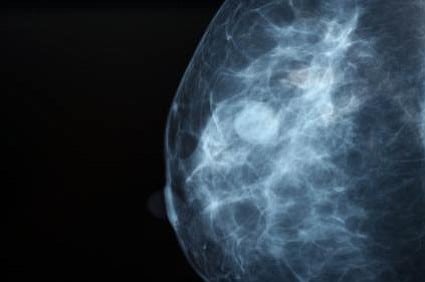Get answers to come common mammogram questions
Since the U.S. Preventive Services Task Force changed the recommendations for mammograms in 2009 (the American Cancer Society revised its guidelines in 2015), there has been much confusion about how effective mammograms are and whether or not women should have them. Here’s what we know about mammograms: According to the National Cancer Institute, more than 60 percent of breast cancer cases are diagnosed before they spread. A study published in the Annals of Internal Medicine found that mammograms can help reduce the number of breast cancer deaths among women ages 40 to 70.
Here’s some other mammogram fiction and fact to help women wade through the confusion:
Fiction: Mammograms actually don’t help.
Fact: Regular mammograms are the best tests doctors have to find breast cancer early. The Centers for Disease Control and Prevention reports mammograms can detect cancerous tumors sometimes up to three years before they can be felt.
Fiction: Mammograms hurt.
Fact: Each woman’s pain threshold is unique to her, but a mammogram—performed correctly—should cause only a few moments of temporary discomfort. Note: Breasts can be more sensitive just before your period, so try to schedule a routine mammogram in the middle of your cycle.
Fiction: Mammograms cause cancer.
Fact: Mammograms do use small doses of radiation, but the exposure is limited and the risk of harm is extremely low.
Fiction: Mammograms are often wrong.
Fact: Mammograms aren’t perfect, but they are our best tool for early detection. When cancer is present, mammograms are about 80 percent effective in identifying it. Regular screenings help decrease the 20 percent of false negative results.






